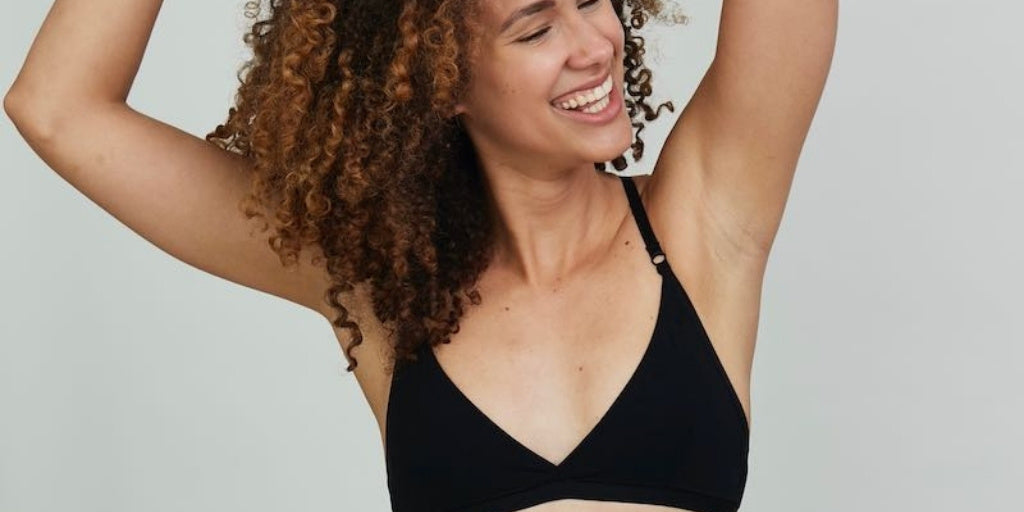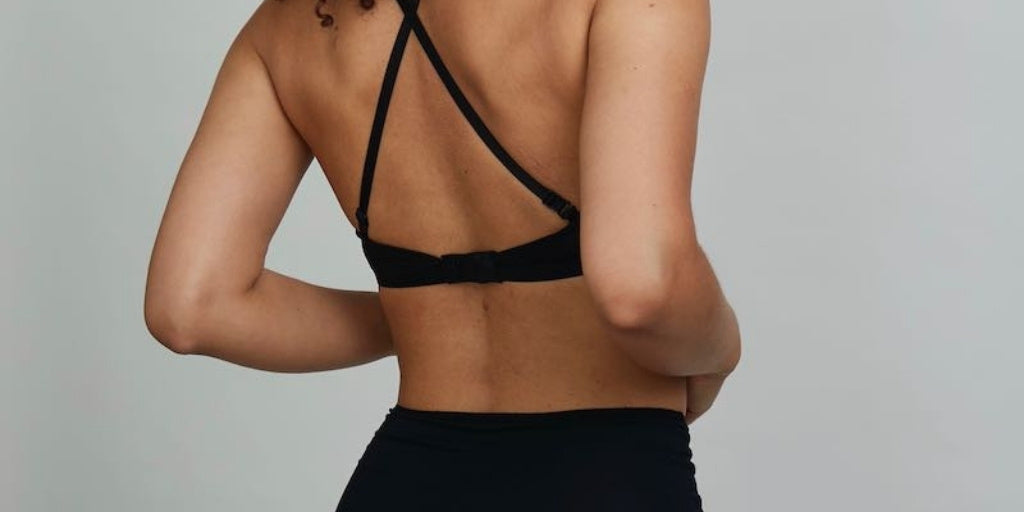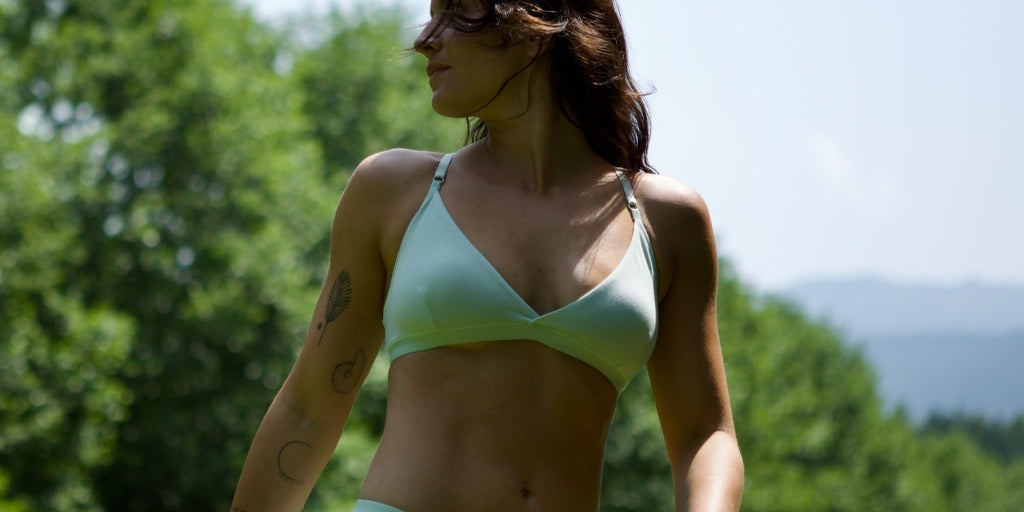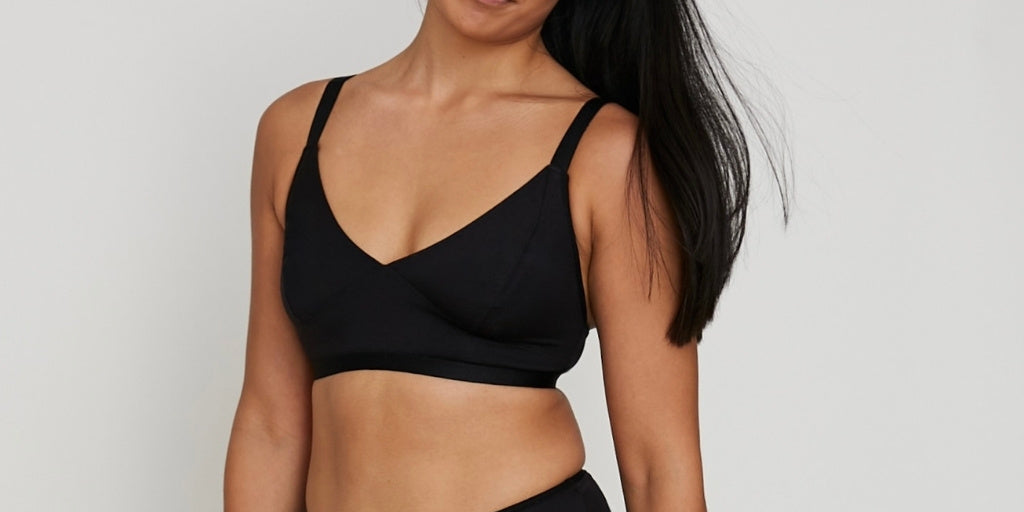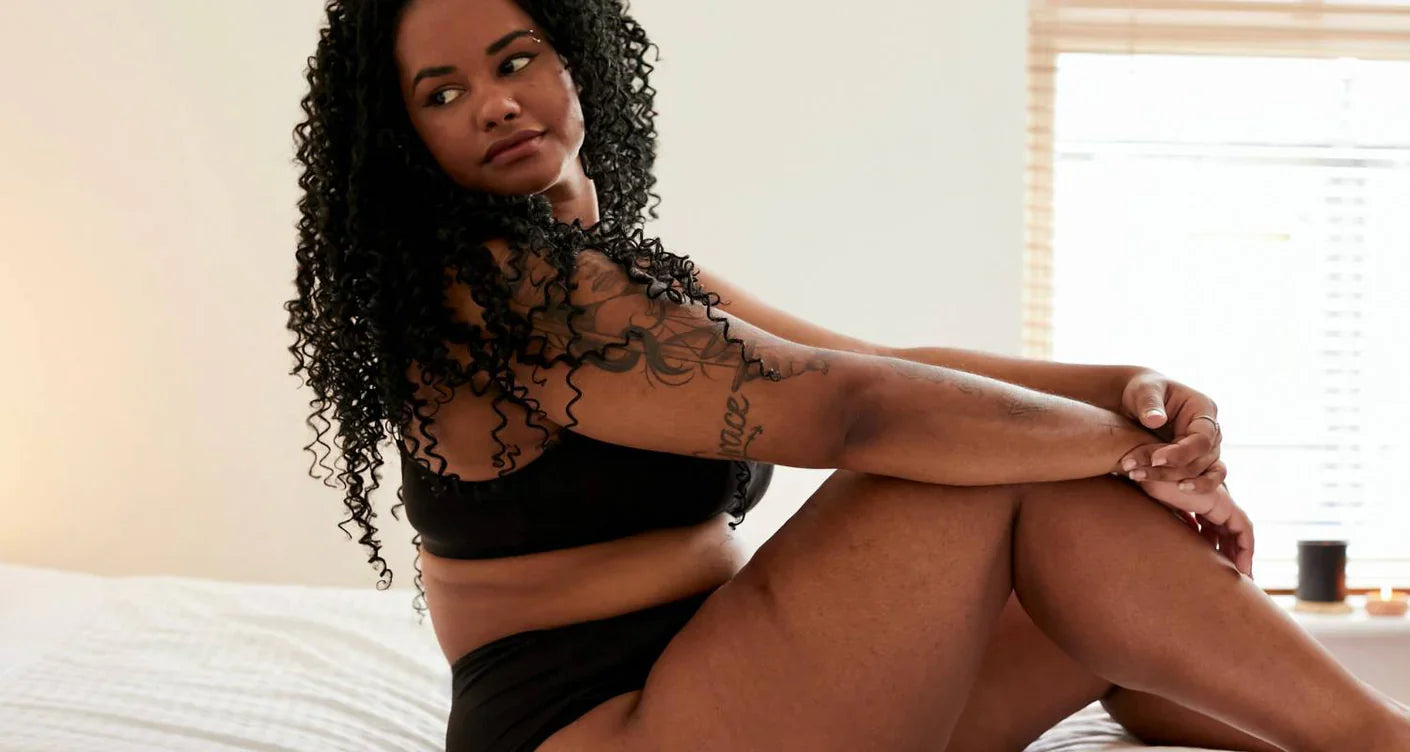Buying from sustainable brands and thrift shopping are both better alternatives to fast fashion.
Both options have adopted a more thoughtful approach to fashion and are considered key components of the slow fashion movement which aims to combat the ongoing environmental damage caused by the fashion industry.
If you're hoping to reform your shopping habits and reduce your carbon footprint, buying from sustainable brands or second-hand shops is a sure step in the right direction.
But is one better than the other?
Of course, there are positive and negative sides to everything. In this article, we shed some light on the pros and cons of sustainable brands and thrift shopping to answer the anything but straightforward question: Which one is better for the planet?
What is a sustainable fashion brand?

What is meant by sustainable fashion brand? These are brands that are taking a more environmentally conscious approach to fashion.
This could take the form of using more sustainable materials like Tencel, organic cotton, and recycled fabrics, reducing carbon emissions and pollution, using less water, or making a social and environmental impact by supporting local communities or environmental initiatives. And the list goes on.
The positives of shopping with sustainable fashion brands
There are plenty of reasons to shop with sustainable clothing brands. Here are a few to consider.
Better quality materials
Sustainable fashion brands produce new items using materials that are less damaging to the environment.
The fabrics can vary widely from deadstock fabrics to natural materials like organic cotton and semi-synthetic alternatives such as Tencel and Modal.
Most sustainable brands also prioritise high-quality, long-lasting, timeless styles. So shopping more sustainably usually guarantees a longer-lasting item! This can significantly reduce the number of garments sent to landfill by eliminating the need for repeat buys of the same item.
Conserve natural resources
Let’s get straight to the punchline: our untethered use of natural resources is out of hand and cannot continue infinitely.
Sustainable products can help preserve natural resources. For example, rain-irrigated organic cotton uses less water than conventional cotton. So water is then conserved for growing other staple crops or as drinking water for supporting local communities.
Tencel, another material considered to be more sustainable than petroleum-based fabrics like polyester, is made using a closed-loop process.
The water and chemicals used during Tencel production are continuously recycled and reused meaning fewer natural resources are required and harmful substances are not released into the environment.
You are investing in an ethos
When you buy from brands that prioritise sustainability you're not just buying an item, you're advocating an ethos essential for the protection of our planet.
Sustainable brands care about our planet’s future, not just about profit. When you buy sustainable brands, you help them grow and remain competitive in a fashion landscape dominated by an unsustainable throwaway culture.
By shopping more sustainably you are using your money to make a stand and help promote a more environmentally friendly and inclusive fashion industry.
The negatives of 'sustainable' fashion brands
It’s not all sunshine and roses. Buying sustainable clothing does have consequences. In reality, you are still consuming materials, which sustainable or not, can be harmful to our planet.
Here are some other aspects to be aware of.
No simple definition
There is no clear definition of what a sustainable brand is. There are many ways one brand might be more sustainable than the next.
A lack of clear cut sustainability metrics makes it difficult to pit one sustainable brand against the next. Nor is this the best approach. It would be like comparing apples and oranges. There is no one size fits all.
Recycled fabrics are not necessarily better than natural materials. And shopping locally might only be better in some cases but not in others. Indeed, we need more than one approach to solve fashion’s waste problem. Confused yet?
And to add to this confusion, there are no official regulations for using sustainable terms in marketing (although thankfully, this is slowly changing).
At the moment, the best we have are third party accreditations, which offer an imperfect way for brands and suppliers to exhibit their sustainability.
Greenwashing

Climate awareness is rising, and so is the practice of greenwashing. The term greenwashing refers to the use of green wording and imagery to make a product or business seem more sustainable than they actually are. This typically comes in two forms: omitting certain information or embellishing certain facts.
This might lead you to believe a brand is sustainable when, in fact, it is still using environmentally destructive production practices such as overproduction, poor materials, and allowing unfair working conditions.
It can be extremely hard to spot and devalues the genuine efforts of more sustainable brands by allowing larger brands to gain a competitive advantage.
Luckily, websites such as Good On You have made it easier to separate brands genuinely trying to be more sustainable from those only concerned with their bottom line.
A higher price tag
Sustainable brands have a reputation for being less affordable. And unfortunately, the oft higher price tags mean sustainable fashion isn't always accessible to all.
The shift toward more sustainable fashion is still relatively new. And although many sustainable brands have been around for decades, the mainstream hasn’t quite caught up.
As demand for more sustainable and fair fashion increases, the cost of producing sustainable clothing is likely to decrease. This will eventually translate to savings for you, the customer.
In saying that, sustainable fashion should be ethical too! Caring for the planet also means caring for the people who live on it. And this means paying a fair price so the workers who make our clothes can be paid a living wage.
Just remember, if the price seems too low, it’s important to ask: Is the brand truly sustainable or just greenwashing? Should your t-shirt really cost less than a cup of coffee? If it does, how much was the garment worker paid?
Second-hand clothes shopping

Second-hand clothing is exactly what it says on the label; clothing that has been pre-owned and preloved by someone else. The many thrift shops and second-hand marketplaces provide a way to sell old clothes so that they can be worn and loved by someone new!
So what are the pros and cons of second hand fashion?
The Positives of Second-hand Shopping
Let’s start with the positives, of which there are also many!
Extends the life cycle of a garment
When you buy second-hand clothing, you prevent used and unwanted clothing and accessories from ending up in landfill. This extends the life of clothes and provides an amazing opportunity to reduce your environmental impact.
And as an added bonus, when you shop second hand you’re getting a unique item with its own history and more character than anything you can buy new off the rack.
Helps conserve natural resources
One important way second hand shopping can reduce your environmental footprint is by saving precious natural resources.
Producing new clothes uses essential natural resources, such as water and energy, which are essential to our continued survival on this planet.
Around 1,800 gallons of water are used to make just one pair of jeans! And according to the Ellen MacArthur Foundation, 93 billion cubic metres of water are used in the textile industry each year.
The exploitation of natural resources to support the fashion industry means not just shortages, but pollution too. Water consumption is an increasing environmental concern. Waste and contamination of water sources are rife and the fashion industry is one of the biggest culprits.
By buying second-hand, you can help reduce water wastage and pollution, thus helping to preserve one of the world's vital natural resources.
Reduces the demand for fast fashion
By shopping second hand, you reduce the demand for fast fashion. You are making a stand against an industry that is having a detrimental impact on the planet.
Sadly, many large fast fashion houses produce clothing with little to no regard for its environmental impact.
Buying second hand means you can avoid buying directly from brands that abuse natural resources and use low-quality materials to produce poor-quality garments with no thought about circularity or where the garments will end up.
The caveat, however, is that fast fashion brands are jumping on the bandwagon too, by incorporating sellback options and resale platforms into their existing websites. Are they truly sustainable or just another avenue for overconsumption?
Continuing to produce the same amount of poor quality goods, or even more, and then reselling them is not likely to lessen the environmental impact of fast fashion.
Also, the quality of clothing you can find in second-hand shops has been continuously declining since the explosion of fast fashion.
Negatives of second-hand clothes
While second-hand fashion is often considered the most sustainable option, there are some not so great elements to consider.
Increasing prices

The rapid increase in the popularity of thrift shopping and second-hand clothing has resulted in the so-called gentrification of second-hand clothes shopping.
As thrifting continues to become a trendy and cool fad for the wealthy, this has caused second-hand clothing prices to skyrocket.
More money into the hands of charity shops is undeniably a good thing, but there is a downside. The popularity of thrifting among the wealthier could result in less availability of cheaper clothing options for those in need.
The rising price of second-hand clothes means thrift shopping is not always a cheaper alternative to fast fashion and forces less well-off individuals into sourcing cheaper alternatives to fit their budgets. Unfortunately, this is helping drive the fast-fashion industry.
Online platforms have become hubs for gentrified second-hand shopping. Exploitative resellers buy from charity shops, then resell goods on platforms like Depop at three times the price, using labels like ‘vintage’ to justify the price hike.
People who relied on buying second-hand clothing for financial reasons can often no longer afford to do so. Instead, these individuals are turning to the fast fashion brands that churn out cheap clothing to fit their budgets.
Not an option for every garment
Second-hand shopping isn't always appropriate. If you need underwear or a specific clothing item, tracking these down a second hand isn't always easy or preferable.
For intimates, sustainable clothing brands are a good alternative.
By solely shopping second-hand, we risk pushing small, independent, sustainable brands out of business, allowing only fast fashion to flourish. If we don't allow sustainable brands to grow, fast fashion brands will fill the gaps that second-hand shopping can't.
The takeaway: Shop more mindfully
So, which one is better, shopping with sustainable brands or second-hand?
Each has their own unique sets of positives and negatives, but both are significantly better for our planet than buying from fast fashion brands.
Whether you opt for sustainable brands or prefer to seek out hidden gems at your local charity shop, the best approach to fashion is the slow approach.
Shop more thoughtfully and considering each purchase. The kindest thing you can do for the environment is to buy less, regardless of the way you shop.
If you have the means, choose quality over quantity. You will not only dramatically reduce your fashion footprint and save money at the same time.
When it comes to shopping mindfully, one size never fits all and no one is perfect! As long as you are making a conscious effort to stop over-consuming, considering the environmental impact of your purchases, buying from sustainable brands, and upcycling and thrifting where you can, then kudos to you!
You can be confident you’re putting the planet, and not your wardrobe, first. And there’s no need to worry. You can still look, and feel, good just the same!


